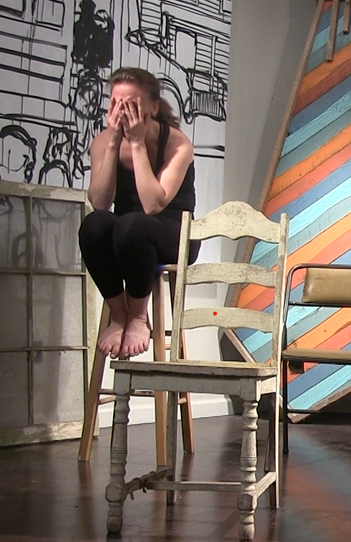Participatry and Community based research with young girl-identifying participants in a performing arts classes. Centered around the themes of the Disney/Pixar Film Turning Red (Shi, 2022), we engage in ethnographic and performative encounters with the often-tabooed topics of puberty and menstruation.
Turning to my own body as a site of knowledge and socio-cultural inscription (Spry, 2020; Allegranti, 2013), I devise artistic and movement explorations of my living experiences of theory.
Movement-Based Interviewing
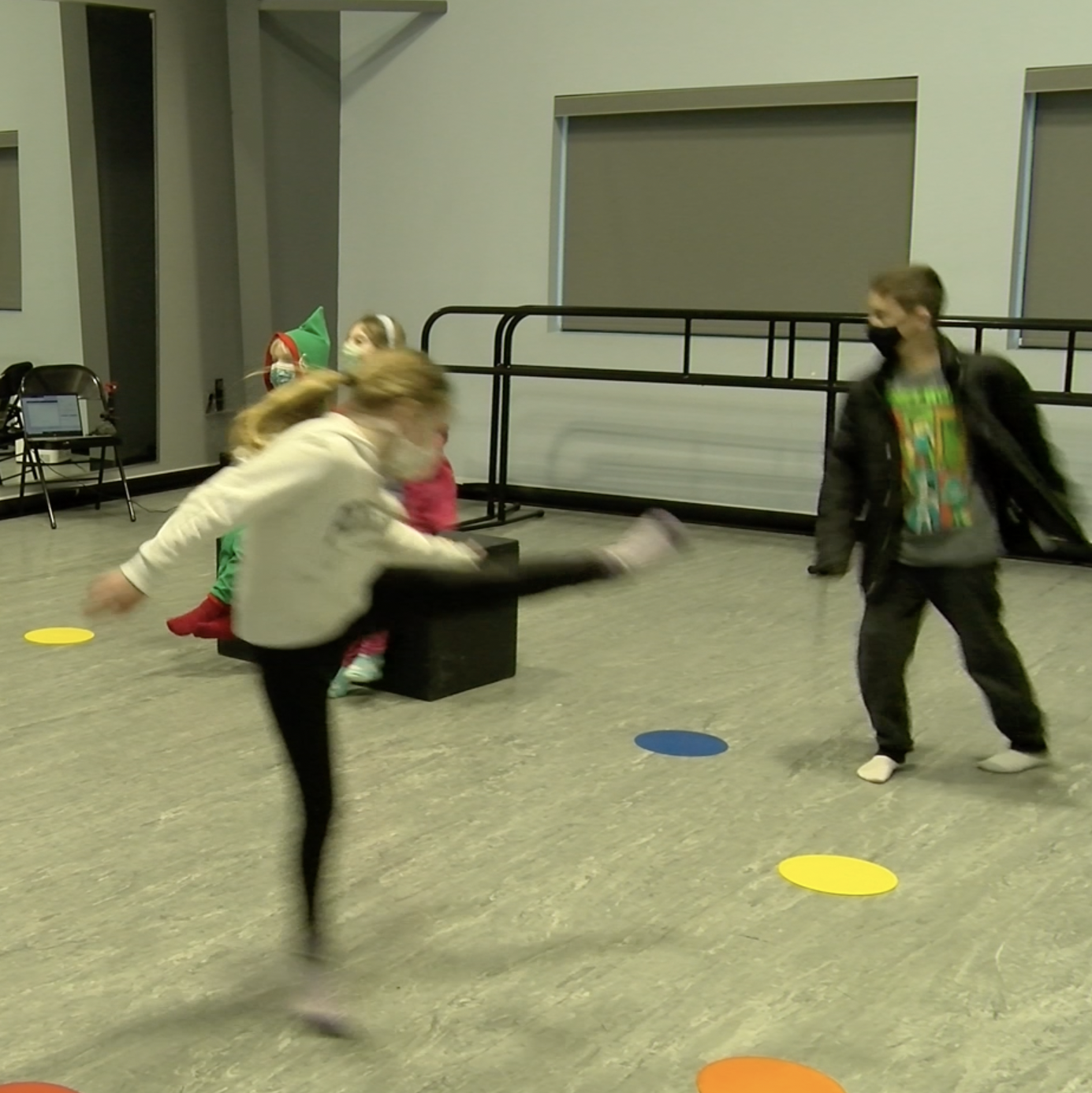
I experiment with various methods of interviewing children within my classes. I have found that attending to their embodied knowledges opens new ways of interviewing children.
Dissertation Research
This arts and community-based participatory research project features innovations in girlhood studies, anthro-performance, and devised theatrical practices wherein the ethnographic interview becomes a collaborative script in which girls and girlhoods are brought in from the margins and situated within the context of broader scholarly and popular trends around gender fluidity and the taboos of menstruation, puberty, and girlhood sexualities (Harrison, 1990; Ussher & Perz, 2020; Edmiston, 2010).
This study aims to understand and contribute to expanding scholarship on how collaborative and performative contexts, such as participatory and devised theatre and dance, generate individual and collective meaning-making amongst participants. Part arthro-performance (Harrison, 1990) and part community-based participatory ethnographic project, this proposed study centers on 5-11-year-old girls’ experiences of and engagements with imagining and creating new rites and rituals of the often-marginalized topics of puberty and menstruation within performing arts workshops. I investigate how participants accept, resist, and transform portrayals of girlhoods within the new media they consume, particularly their understandings of puberty and menstruation depicted in the Disney/Pixar animated film Turning Red (Shi, 2022). I am also curious how they bring their everyday experiences of girlhood, puberty, and menstruation into our workshop collaborations.




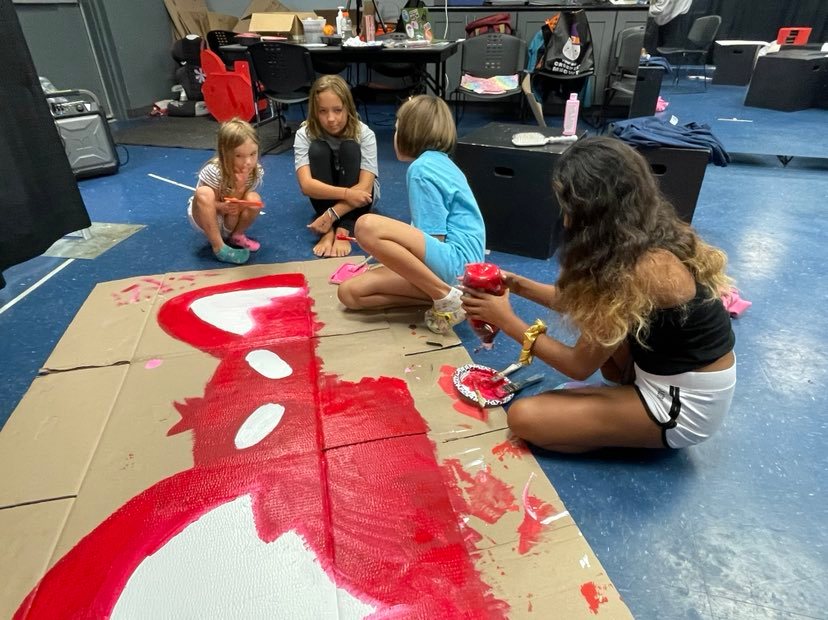


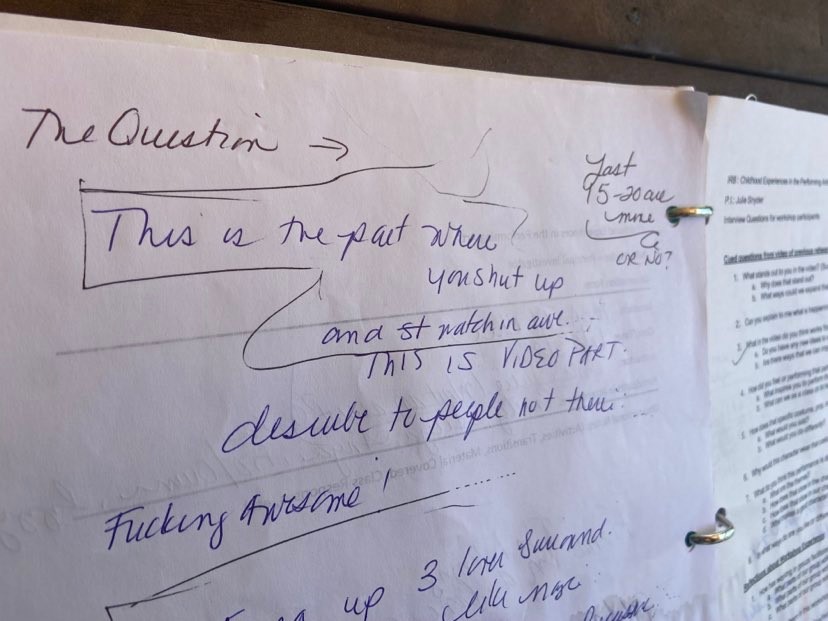
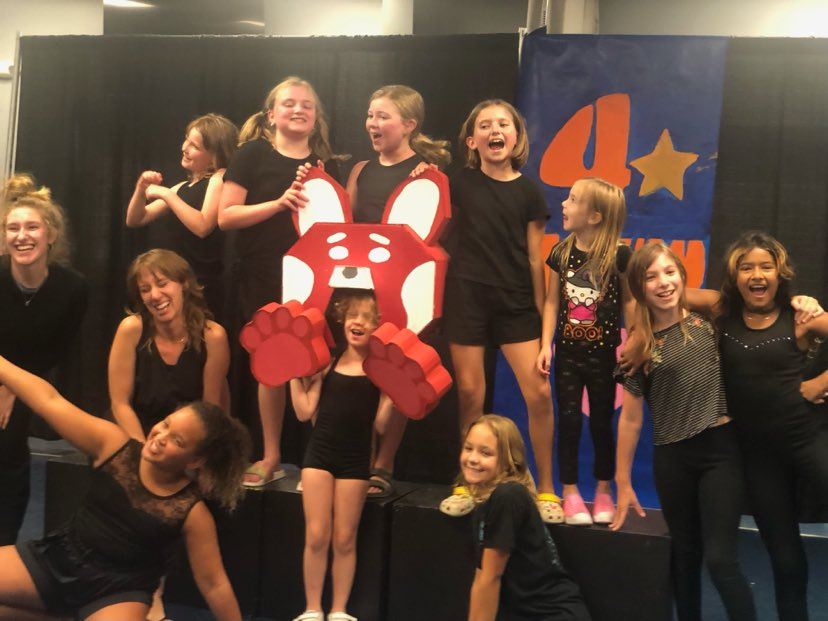

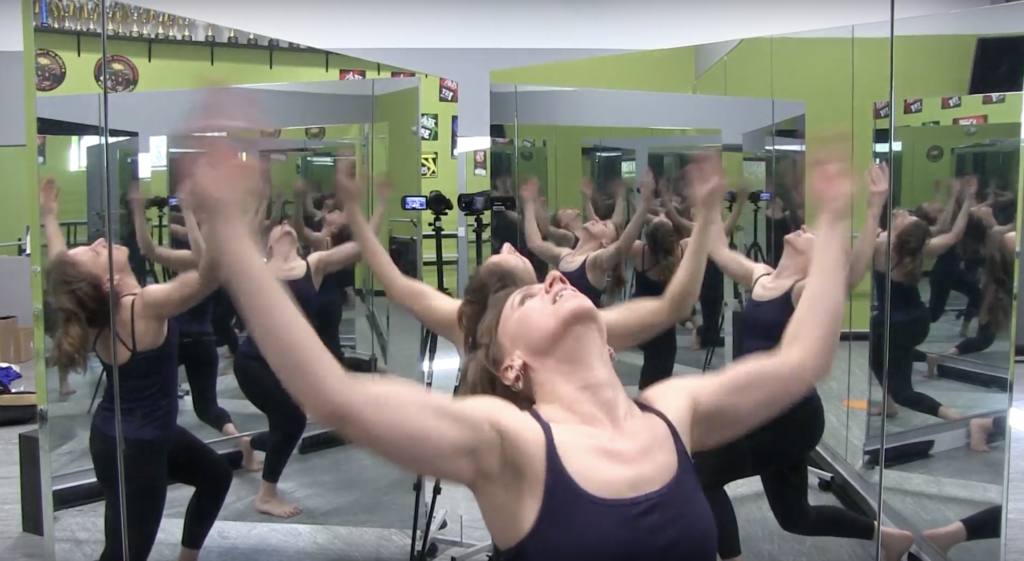
Movement and Theory
As I decenter singular narratives of being, I complicate reflections: I follow Barad’s (2013) movements from representationalism to performative understandings of discursive practices that decenters words as the dominant expression of knowledge to a focus on ways of being:
“I would argue that these approaches also bring to the forefront important questions of ontology, materiality, and agency, while social constructivist approaches get caught up in the geometrical optics of reflection where, much like the infinite play of images between two facing mirrors, the epistemological gets bounced back and forth, but nothing more is seen. Moving away from the representationalist trap of geometrical optics, I shift the focus to physical optics, to questions of diffraction rather than reflection” (pg. 121).
I struggle to contain myself to text as I struggle to find the first reflection in the mirror: my ‘true’ reflection, as I name it. But what of the multitude of images and any vain attempts to catch, cage, or count my-selves? I question which is the true reflection or if ‘reflection’ even encompasses the do-ing and becoming. The struggles of grasping my-selves in the mirrors carry to the writing, where the multiples similarly spiral out infinitely. I am in dialogue with my-selves, with the space, with the music, the movement of my thoughts following the flow of memory, of movement – not fixed or pre-determined, but unfinalizable. I do not dance only something I’ve been or learned, nor a static construct of who ‘I am’ represented in the moment. Every movement is an ‘-ing’: dance-ing, body-ing, move-ing, girl-ing, explore-ing: all entangled with fantasies, tensions, fears, doubts, and joys. My movements extend beyond an essentialized metaphor or representation of ‘who I am’ but signify a physical and more-than-physical discourse within and without. My dance-ing diffracts, not reflects: my-selves are enmeshing and opening up between-spaces that allow diffraction.
As I am journeying and becoming-researcher, I align with the momentum of academics and artists who establish the body as an ontology (Barad, 2003), as taking on cultural meanings (McRobbie, 1984), and who strive to fuse the Cartesian divide of mind and body and thus presents the body as a site of knowledge and research (Allegranti, 2013). I collage and critically reflect with and through my body to juxtapose images and texts to ‘disrupt normative structures’ (Kilgard, 2014, p. 98) that essentialize girlhoods in culture, society, and history.
See the video segment of Becoming-Bodies


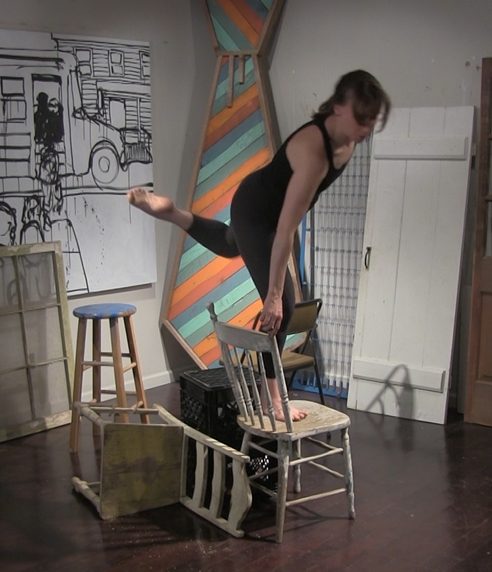
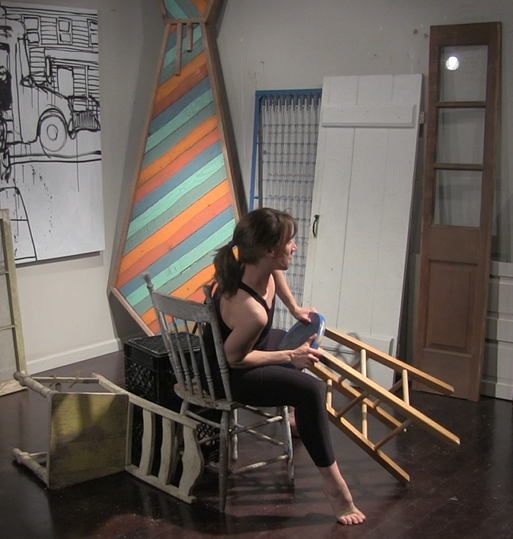
Re-Staging Identities
Performativity denotes an implicit relationality between or in between beings (Barad, 2008). It is not only the mind or words interacting but the body and movement. As an artist and dancer, I perform my-selves “through bodily encounters, where meaning exists between disrupting patterns of existence and knowledge.” At the same time, the indeterminacy of meaning-making opens “new and multiple configurations and intertextualities” (Gonick, 2013, p.73). Performative collage provides a way to assemble this visual, bodily, and textual interworking by juxtaposing “bits and pieces of performative scripts” (Cosenza, 2014, p. 155). In my encounter with the chairs, I begin with the acknowledgment that the chairs, as much as I have agency in the event (Pacini-Ketchabaw et al., 2017). Their presence, the chipping (lead) paint, and the instability/stability of their construction all come to bear not only on my movements and the flow and process of my thoughts about the chairs but further the inquiry and critique of my preconceived assumptions surrounding assumed constructs of identity.
I move a chair, placing them next to each other. My movements change, and my body stretches in new ways and extends further over the unique shape. I add another chair and then another; each chair lends a new shape to dance with: on, around, within, and under. There are innumerable combinations of chairs and movement in this space. The chairs waiting on the sides gradually join in the imbrication of legs, wood, and peeling paint. Some chairs lack integral strength and are lent stability by others. If possible, the chairs would move and shift around me as I entwine and enmesh in their movements. I pause between the shifting of each chair, box, or stool to take a picture with my Stop Motion App to later playback the chairs moving ‘on their own’: a kind of parody of their agency.


